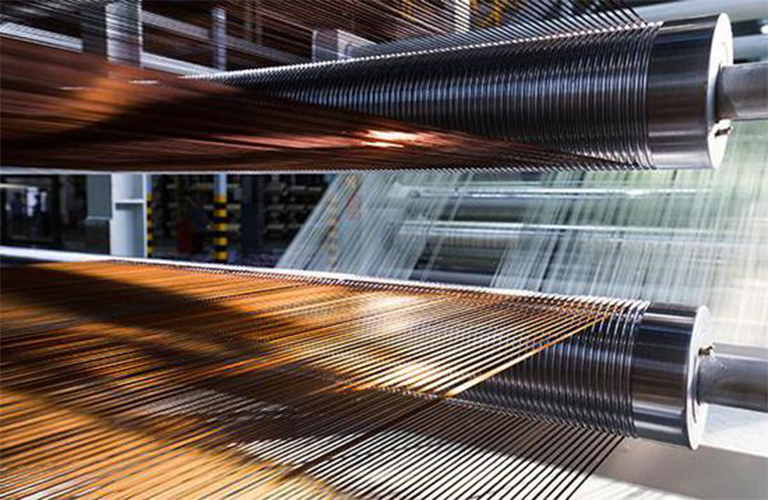

Characteristics of automated production line
1. The process operation and auxiliary work of products or parts at each workstation, as well as the transportation between workstations, can be automatically carried out, with a high degree of automation.
2. The production rhythm is more strict, and the dwell time of products or parts at each processing position is equal or multiple.
3. The product object is usually fixed or varies within a small range, and it takes a lot of time to manually adjust when changing the variety.
4. The entire line has a unified control system and generally adopts mechatronics technology.
5. The initial investment for automated production lines is relatively high.
Basic components of automated production line
Composition structure of automated production line
Automated production lines are composed of basic process equipment, various auxiliary devices, control systems, and workpiece transmission systems. Depending on the specific situation of the product or part, process requirements, process flow, productivity requirements, and degree of automation, the structure and complexity of the automatic line often vary greatly. However, generally automated production lines are composed of several basic parts, which are generally composed of the following five parts: 1. Mechanical body part; 2. Detection and sensor section; 3. Control section; 4. Execution agency part; 5. Power source part.
For specific automated production lines, their composition is not completely the same. According to their structural characteristics, they can be divided into general equipment automatic lines, specialized equipment automatic lines, automatic lines without storage devices, and automatic lines with storage devices.
Conditions for using automated production lines
1. High demand for products. Require a high production volume;
2. Stable product design. Automated production lines are difficult to cope with frequent design changes;
3. Longer product lifespan. In most cases, the product lifespan is at least a few years;
4. Multiple processing techniques. Multiple processing techniques are required during the product manufacturing process.